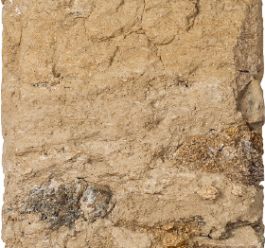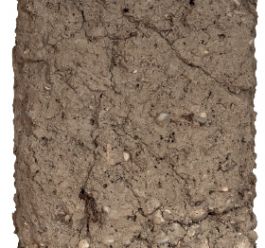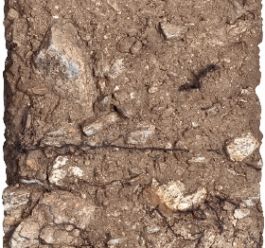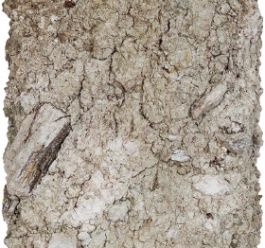Geology of the Wachau
The vines of the Wachau are rooted in an astounding variety of distinctive soil and underlying rock structures. An array of gneiss dominates, formed under extreme pressure and high temperatures around 350 million years ago. Depending on the degree of metamorphosis, amphibolites were also formed, which mostly occur in conjunction with gneiss. The Tethys was an ancient ocean that played a key role in the development of the sedimentary and alluvial deposits in the Danube and influenced the geological development of the region.
The soils of the Wachau are predominantly weathered crystalline bedrock, permeable to water and absorb warmth effectively. On the steeper inclines and vineyard slopes, the vines often only find very little nourishment from the soil, so that their roots are forced to delve deeply through the fissures of the rock structure.
The vines grow on the terraces up to 450 metres above sea level, (effectively 250m above the Danube). The foothills and lower slopes are composed of eroded deposits that guarantee deep soils, which store water well and nourish the vines. Vineyards closer to the banks of the Danube are a composition of alluvial soils of predominately sand and gravel, providing ideal conditions for delicate and fine fruit-driven wines.
Journey into the distinctive soil layers
Discover the soil structures of our prized vineyards
(click here for images)

Ortswein / Village Wines „Loibner“

Oberloibner
Ried
Klostersatz

Unterloibner
Ried
Steinertal

Loibner
Ried
Loibenberg

Dürnsteiner
Ried
Liebenberg

Dürnsteiner
Ried
Kellerberg

Oberloibner
Ried
Klostersatz
Alluvial sandy soil and deep gravel pits by the Danube. 
Unterloibner
Ried
Steinertal
Alluvial bedrock sand of Gföhler gneiss from Loibenberg. 
Loibner
Ried
Loibenberg
Gföhler gneiss and sandy-weathered granite.

Dürnsteiner
Ried
Liebenberg
Highly calcareous eroded soilmass with paragneiss and amphibolite. 
Dürnsteiner
Ried
Kellerberg
Complex bedrock of Gföhler gneiss, paragneiss and plutonite with loess deposits. 
